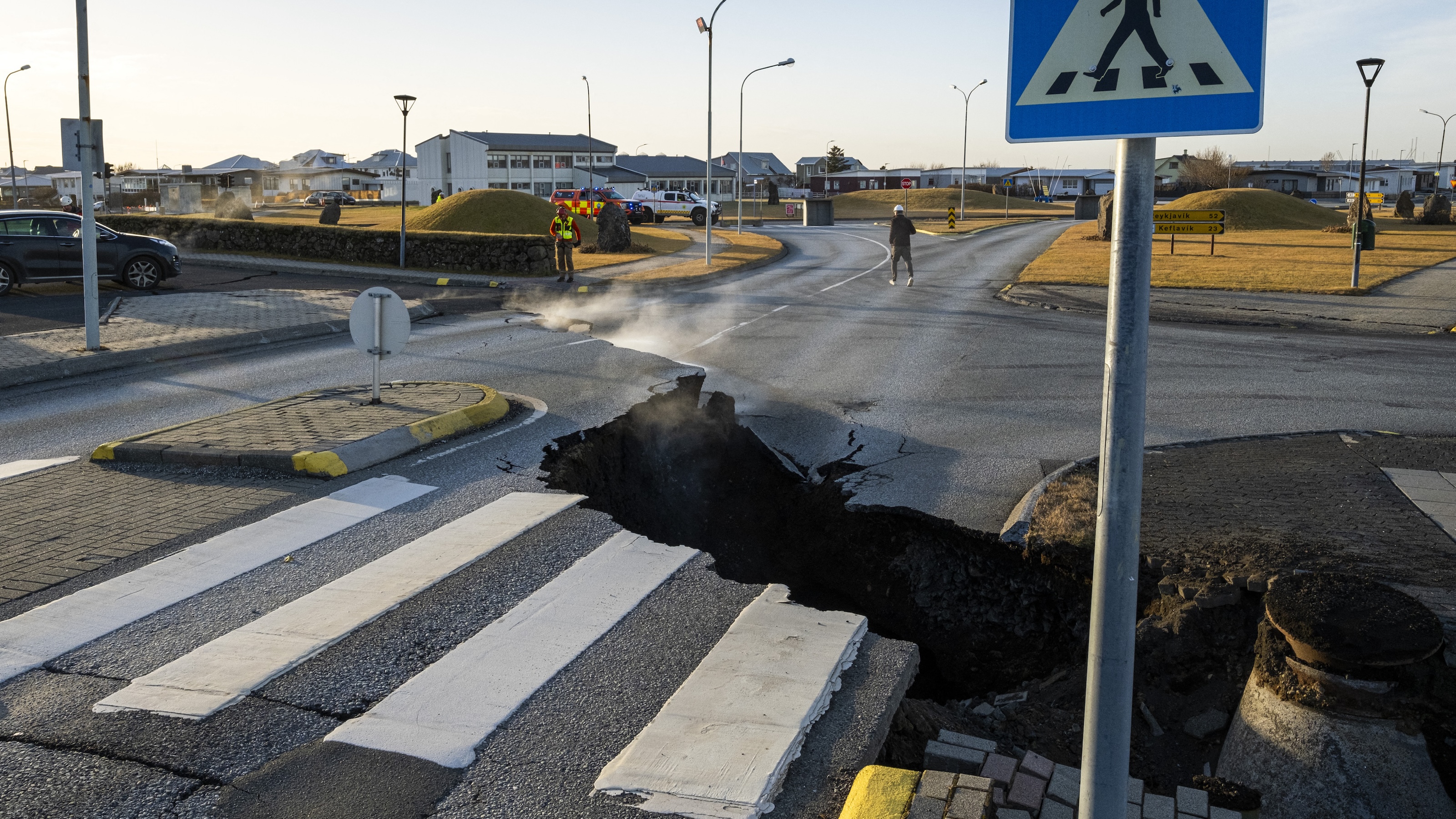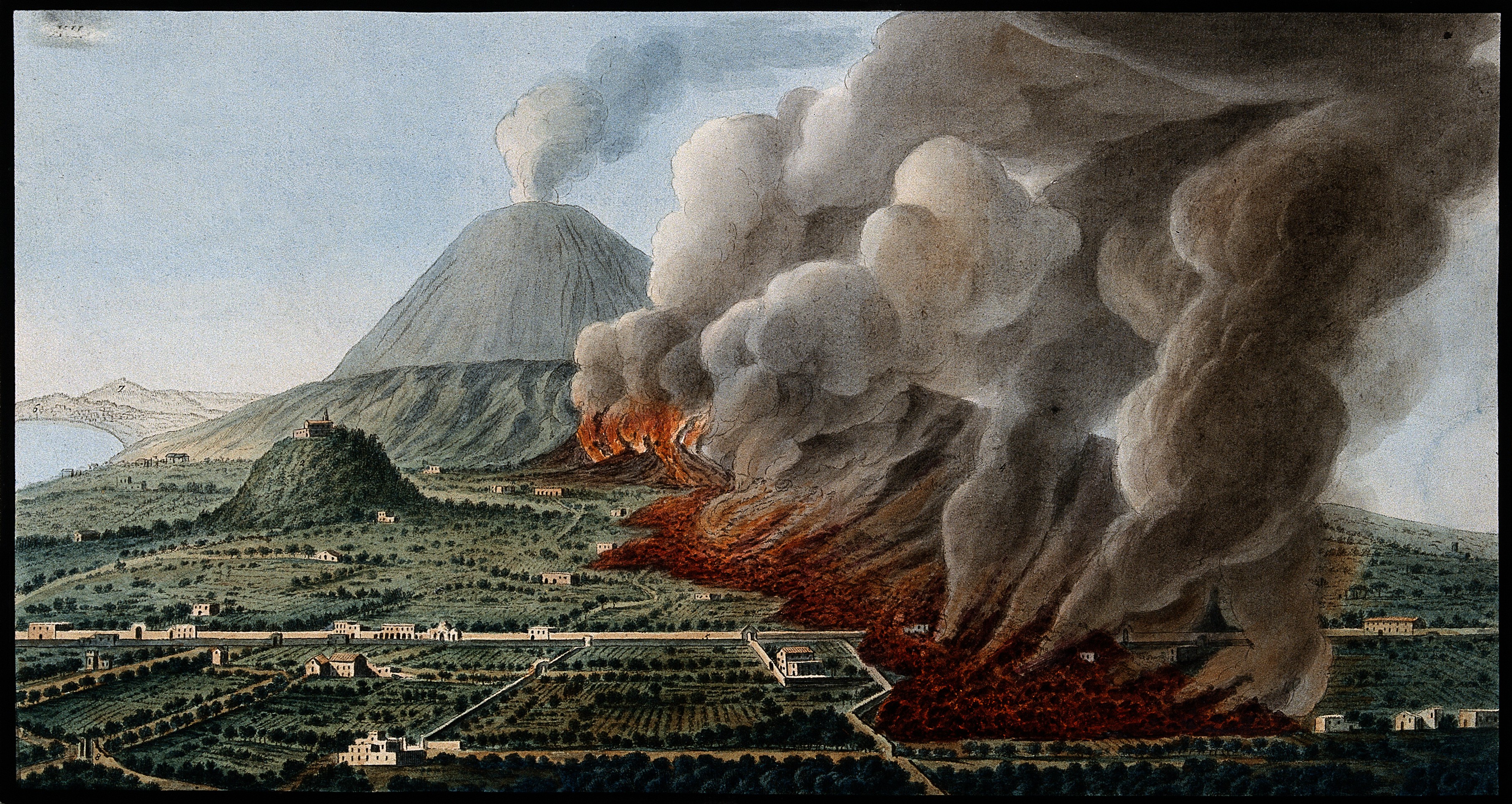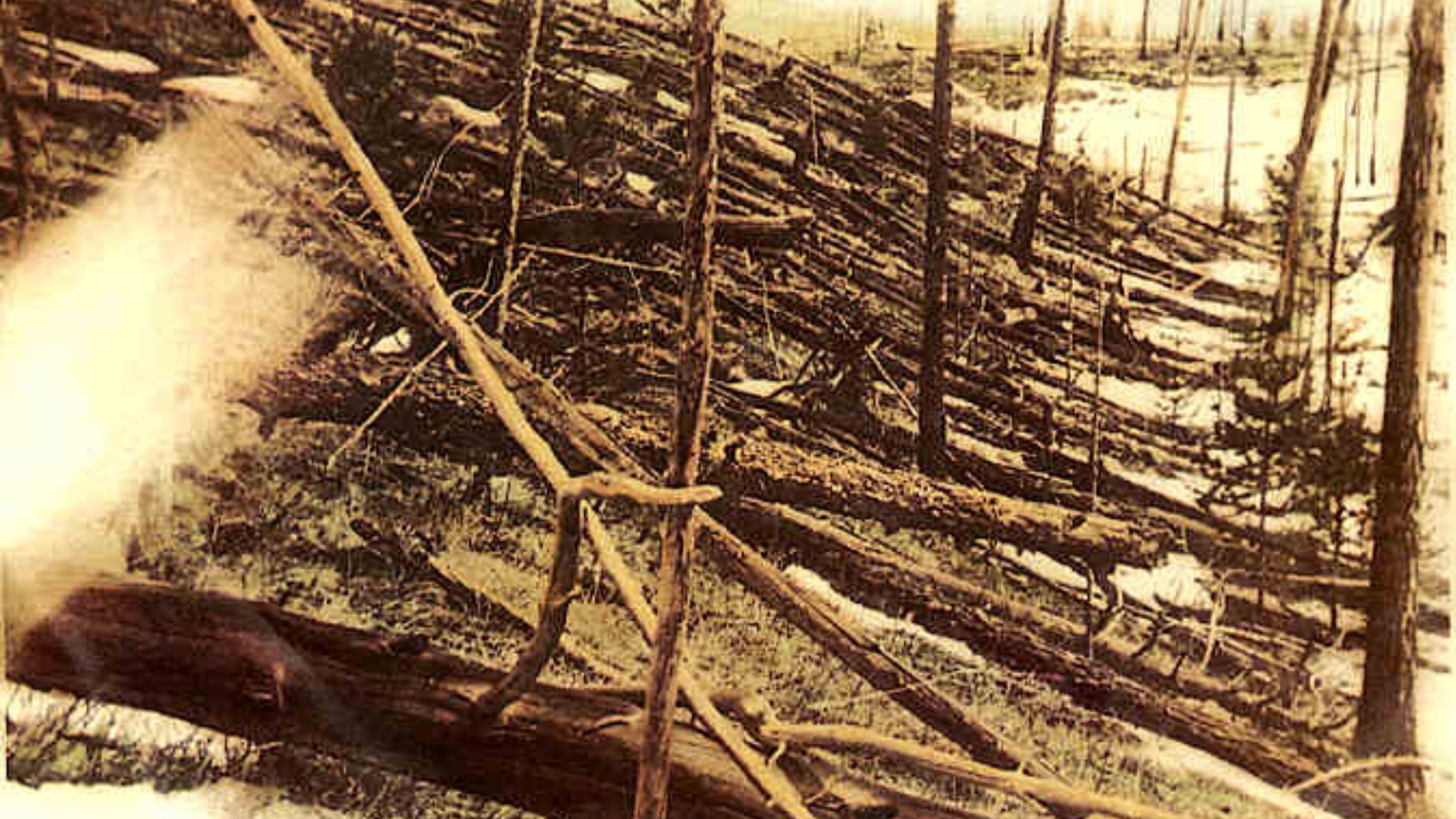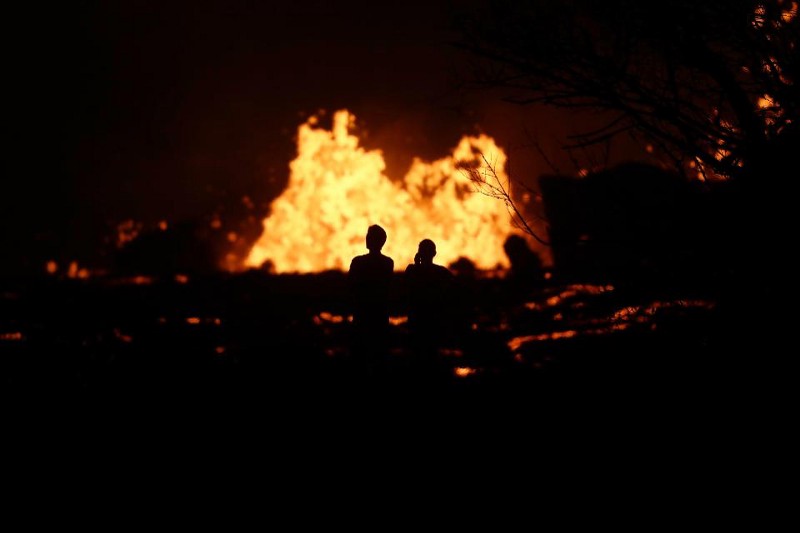Friday Flotsam: Calm in the Philippines, Baekdu monitoring, Iceland blame and the latest GVP report
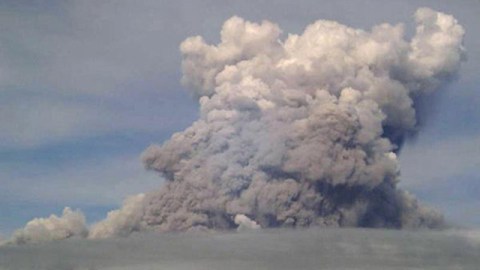
Another week has blown by … and I haven’t had a lot of new volcano news (beyond the earthquakes at Krísuvík) to report this week – just some images and books. I’ll try to round up some of the news of actual volcanic activity (or related events) I’ve run across this week:
Philippines: Things have settled down at across the country, with latest updates from PHIVOLCS about Bulusan, Taal and Mayon all reporting few volcanically-related earthquakes. There are a few interesting observations from Taal, including that the crater lake level is lower than it was 2 weeks ago, along with being slightly more acidic (pH 2.96 vs. 2.92). Ground around the crater in Taal is also slightly warmer (29.5 vs 28.2 C). Bulusan is still steaming and has a number of rock falls, while Mayon is also steaming (and glowing at night). All remain at alert status one.
Korean Peninsula: The periodic worry about Chengbaishan/Baekdu along the North Korean and China frontier has popped back up again. In a sense, Baekdu is a little like the east Asian Yellowstone, where fears of the catastrophes that would follow an eruption of the volcano seem to preoccupy the Korean media. The current article is more positive, with the South Korean government forming a partnership with Japan and China to keep tabs on activity at the caldera. Next month, South Korea will begin monitoring the volcano via weather satellite as well. You might wonder why Japan might care – ash from Baekdu can be found as far south as Hokkaido.
England: We are fast approaching the one-year anniversary of the Eyjafjallajökull-Fimmvörduháls eruption in Iceland. That has give governments plenty of time to place blame for the air crisis that occurred over Europe during the eruption – and it seems that at least in England, scientists are falling on the sword. Sir John Beddington, chief science advisor for the government said the country was unprepared for what might have been a “likely event”. In a perfect summary of why mitigation is vital for disasters, Sir John said: “the role of government must be to plan for eventualities that could occur and then having the right mechanism in place to deal with events when they do occur.” I suppose the silver lining is that many MPs are calling for greater involvement of scientists in crisis planning in the United Kingdom.
Hawai`i: The lava lake at the Halema`uma`u Crater and the vents at Pu`u O`o continue to put on a show – be sure to check out the webcams for the all fun. The latest HVO report on Kilauea has the Halema`uma`u lava lake ~70 m / 230 feet below the crater floor and inflation continues to be measured at the summit. Over at the middle east rift zones, Pu`u O`o has been inflating and deflating quickly over the past week, waxing and waning with eruptive activity. There was also a brief article and video about the potential explosive activity at Kilauea as well, with information from HVO’s Don Swanson.
Global Volcanism Program: Lastly, we have a new Smithsonian/USGS Global Volcanism ProgramWeekly Volcanic Activity Report – look for details on the ongoing activity at Kirishima (still chugging away even if it has drifted out of the news), Ulawun in Papua New Guinea, Pagan in the Mariana Islands and many more.
Top left: Bulusan erupting in early 2011.
